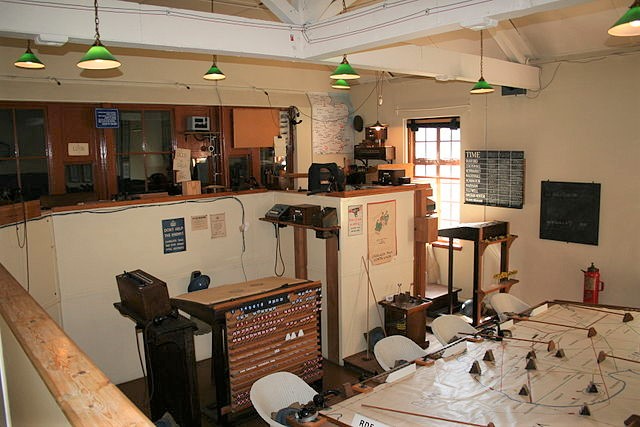As the daughter of a Royal Air Force flight engineer, I was interested to learn that 5 March 2022 marks the eighty-sixth anniversary of the first test flight of the Spitfire from Eastleigh, Southampton, England.
Together with the Hurricane fighter, the Spitfire secured victory in The Battle of Britain.
This was an aerial campaign of the Second World War, from July to October 1940, in which the Royal Air Force and Fleet Air Arm of the Royal Navy defended the United Kingdom against large-scale attacks by Nazi Germany’s air force, the Luftwaffe.
Adapting to improve

Premiere Air show 2018 – Creative Commons license
The Spitfire was an aircraft designed to climb very rapidly and maintain speed at high levels. But not everything went according to plan.
I was intrigued to learn something about its development.
An early problem with the engines was that, unlike the Messerschmitt Bf109E, the Spitfire’s Merlin engine had no direct fuel injection.
Fuel starvation
Its carburettor would become starved of fuel during certain manoeuvres. So pilots learned to adapt by half-rolling the aircraft before going into a steep dive, which would otherwise have emptied the carburettor.
Flooded carburettor
Another serious problem was the fuel pumps flooding the carburettor, due to “negative g” during certain aerial loops.
Thanks to the ingenuity of engineer Tilly Shilling*, a simple device was manufactured to cure this problem.
She suggested fitting a metal disc with a hole in it into the fuel line, restricting fuel flow to the maximum the engine could use. The device was installed throughout Fighter Command as a stop-gap until the introduction in 1942 of improved carburettors, which allowed fuel to flow during all flight positions.
Armament problem
There were also difficulties with the on-board guns freezing at altitude. To combat this, ducts from the rear of the wing mounted radiators directed hot air to the guns, and bulkheads were built around the gun bays to trap the hot air.
Fabric patches were fitted over the gun ports to protect the guns from cold, dirt and moisture until they were fired.
Pilots, engineers and manufacturers collaborated in a constant stream of improvements. As a result, the safety and efficiency of the Spitfire continued to improve.
Plotting the air battle
Another key to winning the battle in the air was the operations room.

Here the positions of the enemy squadrons were plotted, the RAF pilots were directed, and their positions plotted, and the movements in the conflicts were displayed on a table.
The “ops room” seems to have operated with little more than a radio, blackboard and chalk, and little wooden tokens!
A winning attitude
In this electronic, digital era, it is inspiring to see what was accomplished through the relative simplicity of Tilly Shilling’s metal “washer”, small fabric patches, and the very basic equipment of the battle “ops room”.
And so with God’s help, despite the chronic problems and lack of resources, that battle—and the war—was won.
An encouragement for us
Let’s not get despondent or grumble when our spiritual progress suffers a setback or allow frustration or bitterness to turn a temporary failure into a permanent one.
Let’s trust God, and follow the encouraging advice of Edgar Albert Guest, who wrote these practical and inspiring lines during the Great War:
There are thousands to tell you
– Edgar Albert Guest
it cannot be done;
there are thousands
to prophesy failure.
There are thousands
to point out to you one by one,
the dangers that wait to assail you.
But just buckle it in
with a bit of a grin,
just take off your coat and go to it.
Just start to sing
as you tackle the thing
that “couldn’t be done,”
and you’ll do it.
A metal washer, a scrap of fabric, a small piece of wood – none of these alone could have turned the tide of the battle in the air. But together, they were responsible for a great victory. With a trusting, praiseful attitude, we can press through the setbacks and be overcomers.
It is a wonderful encouragement to know that however small and insignificant we feel we are, we can do our part to fulfill the plan God has for us.
Because, when we lean on God, and put our total trust in him, he will make a way, when it seem impossible – both in our personal lives and in our ministry.
Don Moen put it so well in his song:
God will make a way
– Don Moen
Where there seems to be no way
He works in ways we cannot see
He will make a way for me
He will be my guide
Hold me closely to His side
With love and strength for each new day
He will make a way, He will make a way
* Fun Fact: Beatrice “Tilly” Shilling OBE, PhD, MSc, CEng raced motorcycles around the Brooklands circuit in the 1930s and was awarded the Gold Star for lapping the track at over 100 mph on her Manx Norton 500!